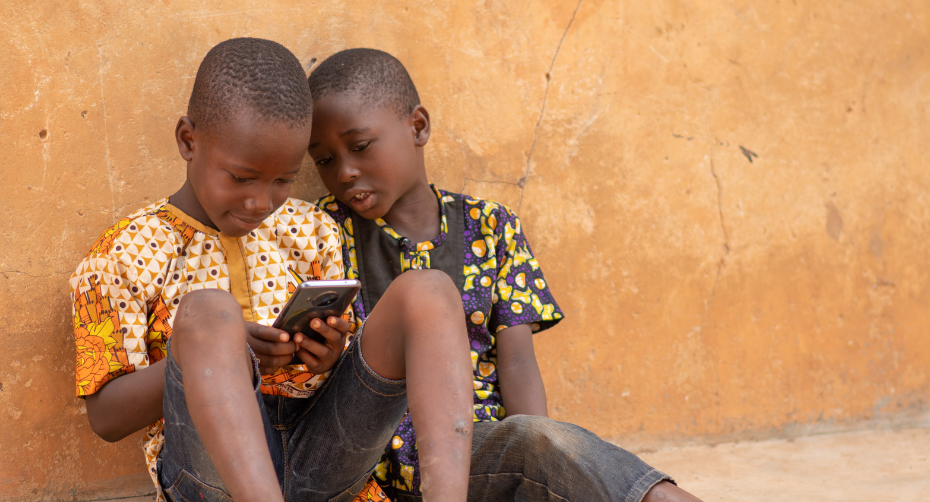Although many people take for granted their ability to access such information in their first language (‘L1’), it’s important to remember digital equality does not exist across all languages. Simply put, around 50% of the world’s living languages are digitally supported, albeit to varying degrees, and 50% are not digitally supported (at all). For non-digital languages, this means no hardware or software support (e.g., no keyboards, no operating systems, no fonts), without which there is no content of any kind. In the era of the Internet, smart phones, PCs and global media, over 3,700 languages simply do not exist in digital terms!
The Digital Language Divide is felt most in Africa
Figure 1: Digital Language Support per Country (Green = more DLS, Red = less DLS)
The gap between digital and non-digital languages is often referred to as the ‘Digital Language Divide’, and it’s a critical area of focus for academics, companies and, perhaps most of all, the millions of people it impacts. For speakers, readers and signers of these non-digital languages, there is no access to information & communication or products & services, and they’re forced to operate in a different language or face exclusion from vital access to digital language content. This ‘language exclusion’ is a wider issue than only impacting half of the world’s non-digital languages, because the Digital Language Divide itself is not a chasm or bridge that has (or has not) been crossed. In contrast to making a single leap or erecting a bridge across a ‘divide’, languages make a slow gradual climb towards full digital support.
This ascension is based upon what building blocks exist, including keyboards, fonts, software, spelling checkers, automatic translation and voice-based assistants. The more features that become available over time, the stronger its ‘digital support’ becomes and the higher a language climbs up the digital ladder. As of 2021, only 33 (less than 0.5%) of the world’s living languages can be considered as attaining ‘full’ digital capabilities (‘Thriving’), meaning the Digital Language Divide impacts billions of people across the world.
- Data:
- Derivation.co (2022)
- Ethnologue.com (2022)
- Information:
- Learn more about our Digital Language Support Intelligence Tool
- Read our academic paper on “Assessing Digital Language Support on a Global Scale“
